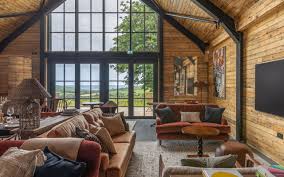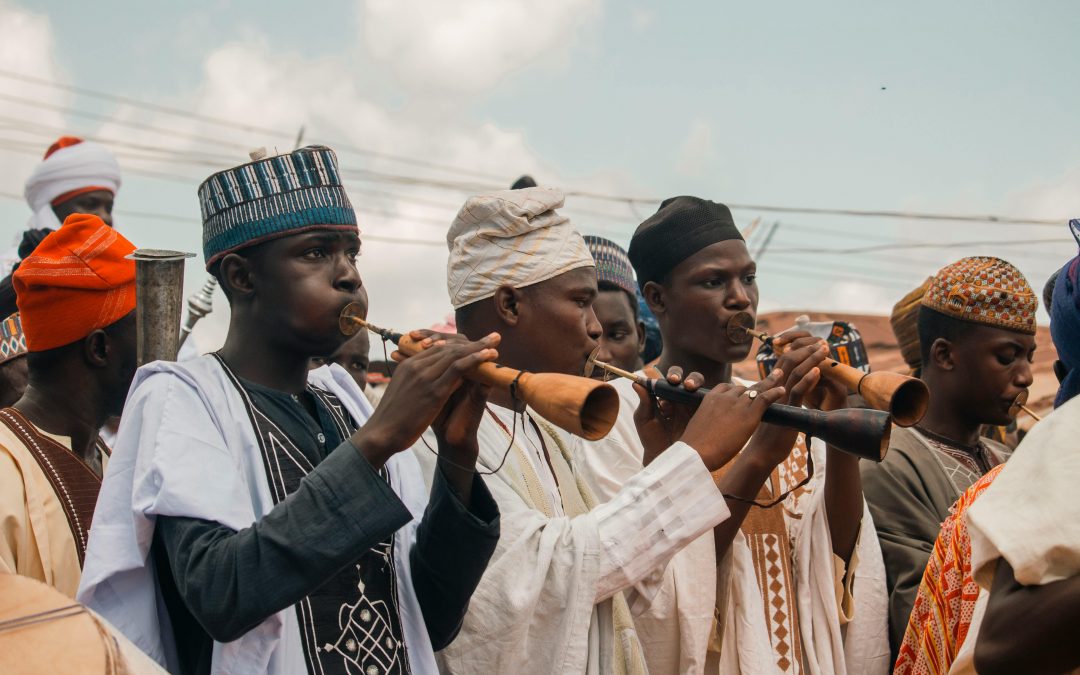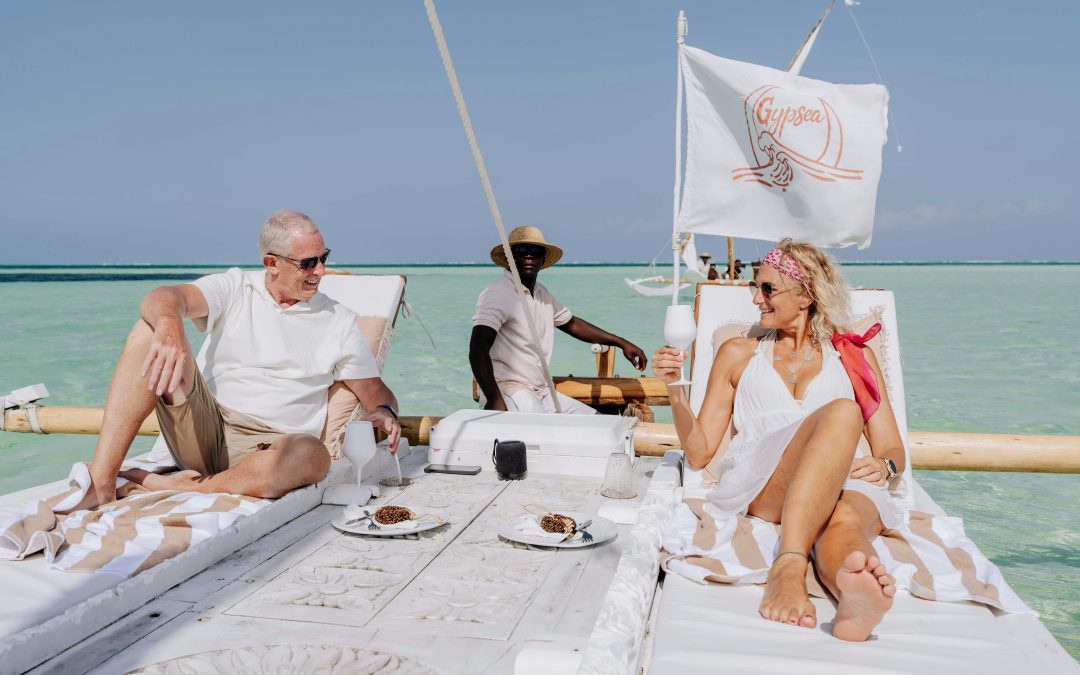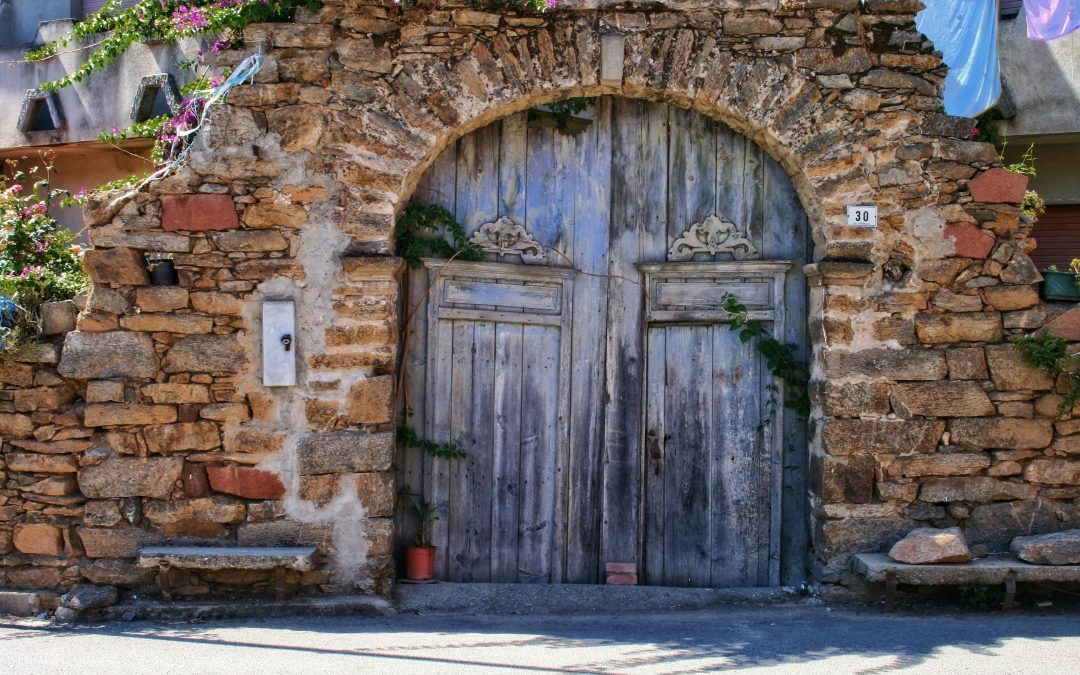Music festivals have long been synonymous with escape—an immersive blend of sound, culture, and community. But in 2025, they’re becoming something more: a platform for sustainable travel, cultural exchange, and social progress. From Uganda’s Nyege Nyege to Portugal’s Afro Nation, festivals are reshaping how we move through the world.

Bienestar renovado

Rewilding Wellness: A Restorative Escape at Louma Country Hotel in Dorset
Introduction: Where Wellness Meets Wilderness
In a world of fast-paced travel and curated luxury, a new kind of retreat is emerging—one that blends wellness, sustainability, and wild nature. Welcome to Louma Country Hotel in Dorset, a sanctuary on England’s Jurassic Coast where rewilding isn’t just a conservation strategy—it’s a way of life.
Louma is more than a hotel. It’s a regenerative ecosystem, a vineyard, a farm, and a community. In this blog, we’ll explore how Louma is redefining wellness travel through its holistic approach to food, nature, and human connection.
1. What Is Rewilding—and Why It Matters in Hospitality
Rewilding is the process of restoring natural ecosystems by letting nature take the lead. In travel, it means:
- Creating biodiverse landscapes
- Reducing human interference
- Encouraging native flora and fauna
- Designing spaces that harmonize with the land
At Louma, rewilding is woven into every detail—from the architecture to the menus to the morning walks with pigs and sheep.
2. The Story Behind Louma: From Family Farm to Wellness Haven
Louis and Emma Steyn bought Spence Farm in West Dorset with the intention of building a family home and rewilding the land. But as they uncovered the potential of the property, they transformed it into Louma Country Hotel—a £28.5 million investment in sustainable luxury.
Their vision combines:
- South African hospitality (Louis is part of the Saxon Hotel dynasty)
- British countryside charm (Emma grew up in Chichester)
- Regenerative farming and wellness
The result is a retreat that feels both global and grounded.
3. The Setting: Marshwood Vale and the Jurassic Coast
Louma is nestled in Marshwood Vale, a lush valley framed by rolling hills, woodlands, and a silver skein of sea. The location offers:
- Proximity to Lyme Regis and Bridport
- Access to fossil-rich beaches and dramatic cliffs
- A tranquil environment for hiking, horse trekking, and yoga
It’s a place where nature is not just a backdrop—it’s the main character.
4. The Rooms: Design Meets Comfort
Louma offers 17 rooms across the main house and outbuildings, each designed with intention:
Main House Rooms
- Eaved ceilings
- Egg-shaped bathtubs with sea views
- Lemon and cream palettes
- Curved stairwells and curated bookshelves
Timber Stables
- Wood-burning stoves
- King and super-king beds
- Hot tubs and private terraces
Shepherd’s Huts
- Cozy, compact, and romantic
- Stocked with homemade biscuits and propolis-dusted chocolates
Each room is a blend of rustic elegance and thoughtful detail.
5. The Food: Farm-to-Fork Philosophy
Louma’s culinary ethos is led by ex-River Cottage chef John Long, who champions seasonal, local, and regenerative ingredients.
Dining Spaces
- Main House Restaurant: Refined yet relaxed
- Main Barn: Vaulted ceilings, firepit, and sunlight
- Outdoor Vineyard Tables: Alfresco lunches and tastings
Sample Menus
- Pesto-dressed quinoa and tabbouleh
- Cheeseboards and gluten-free bakes
- Hake with garden vegetables
- Farm beef and fresh lamb
- Homemade cheesecakes and tarts
Louma also produces its own wines—two sparkling and three still—crafted from its 30-acre vineyard.
6. The Wellness Barn: A Sanctuary of Calm
Designed by ex-dancer Björn Lönngren, the Wellness Barn is a timber-clad haven with:
- Indoor and outdoor pools
- Wraparound balcony
- Floor-to-ceiling windows
- Spa treatments in shepherd’s huts
Yoga sessions with Pip Scammell and holistic therapies by Wildsmith create a deeply restorative experience.
7. The Animals: Reconnecting with Nature
Louma’s farm is home to:
- Oxford Sandy and Black pigs
- Poll Dorset sheep
- Glossy horses
- Unusual chickens (cream crested legbars, bluebells, silkies)
Guests are encouraged to interact with the animals, join feeding sessions, and learn about regenerative farming.
8. Activities and Experiences
Louma offers a curated selection of experiences that blend wellness, nature, and creativity:
Horse Trekking
- Led by the Sandford family
- Woodland hacks through Marshwood Vale
- Sheepdog companions
Farm Walks
- Guided by head of farming Rachel Hayball
- Meet newborn lambs and calves
- Learn about soil health and crop rotation
Yoga and Meditation
- Gentle sessions in nature
- Breathwork and mindfulness
Wine Tastings and Cellar Tours
- Led by in-house viticulturist Jonathan Atkin
- Explore the vines and sample small-batch wines
9. Sustainability at Louma: Beyond Greenwashing
Louma’s commitment to sustainability includes:
- Rewilded landscapes and native planting
- Organic farming and composting
- Low-impact architecture and materials
- Local sourcing and community partnerships
It’s not just eco-friendly—it’s regenerative.
10. The Community: A New Model of Hospitality
Louma is more than a hotel—it’s a community. The Steyns have built relationships with:
- Local artisans and carpenters
- Whittlers and furniture makers
- Farmers and foragers
Guests are invited to participate in workshops, tastings, and conversations that foster connection and learning.
11. Seasonal Highlights: When to Visit Louma
Spring (March–May)
- Wildflowers and lambing season
- Vineyard pruning and planting
Summer (June–August)
- Outdoor yoga and swimming
- Vineyard lunches and sunset walks
Autumn (September–November)
- Harvest season and wine tastings
- Cozy fires and golden foliage
Winter (December–February)
- Spa retreats and quiet reflection
- Hot tubs and hearty meals
Each season offers a unique flavor of Louma life.
12. Guest Reflections: Voices from Louma
Sophie, 36, London
“Louma felt like a retreat and a reunion—with nature, with myself. I left feeling nourished in every way.”
Daniel, 42, Bristol
“The food was incredible, but it was the pigs and the vineyard walks that made it unforgettable.”
Amira, 29, Manchester
“I came for the yoga and stayed for the community. Louma is a place where you feel seen and held.”
13. Booking and Practical Tips
Rates
- Doubles from £470 per night (full board, including some activities)
Booking Tips
- Book early for peak seasons
- Ask about private experiences and spa packages
- Consider staying midweek for quieter vibes
Getting There
- Closest towns: Lyme Regis and Bridport
- Accessible by train to Axminster, then taxi or car
Conclusion: A New Kind of Luxury
Louma Country Hotel is not about excess—it’s about essence. It’s a place where luxury is measured in fresh air, meaningful meals, and the laughter of children feeding lambs. It’s where wellness is not a product, but a practice.
In a world that often feels disconnected, Louma offers reconnection—to land, to people, and to self. It’s not just a destination—it’s a philosophy.
So if you’re seeking a retreat that heals, inspires, and rewilds, Louma is waiting.

Escrito por Kariss
Más de esta categoría

Ritmos sostenibles

Ritmos sostenibles
Music festivals have long been synonymous with escape—an immersive blend of sound, culture, and community. But in 2025, they’re becoming something more: a platform for sustainable travel, cultural exchange, and social progress. From Uganda’s Nyege Nyege to Portugal’s Afro Nation, festivals are reshaping how we move through the world.

Ritmos sostenibles
Music festivals have long been synonymous with escape—an immersive blend of sound, culture, and community. But in 2025, they’re becoming something more: a platform for sustainable travel, cultural exchange, and social progress. From Uganda’s Nyege Nyege to Portugal’s Afro Nation, festivals are reshaping how we move through the world.
Comentarios
Nuestro boletín




